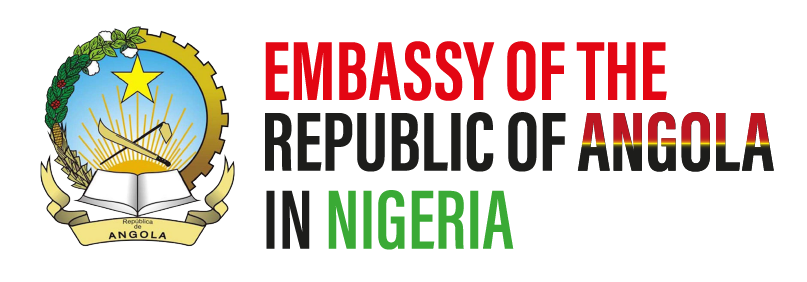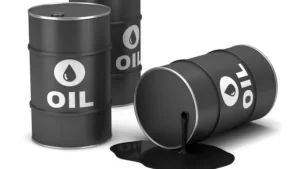By Adewale Sanyaolu
Hopes of increased oil revenue for the Federal Government remain shaky as the country’s daily oil production has slumped to 1.33 million barrels per day (bpd), from 1.7 million bpd it was in in October last year.
The figure represents a 27.66 per cent decrease.
Commission Chief Executive (CCE), Nigerian Upstream Petroleum Regulatory Commission (NUPRC), Mr. Gbenga Komolafe, disclosed this at the Annual PETAN Sub-Saharan Africa International Petroleum Exhibition and Conference [SAIPEC] which began in Lagos, yesterday.
The Minister of State, Petroleum Resources (Oil), Heineken Lokpobiri, told journalists in Abuja in October last year that Nigeria’s oil production has increased to about 1.7 million bpd, up from the 1.1 million bpd recorded in August 2023.
He said, “We have a sole agenda and it is to increase crude oil production. Once you increase production, there will be more revenue for Nigeria and that is the recipe to virtually all the problems we have in this country.
Nonetheless, Komolafe said the actual national production currently averages 1.33 million bpd and 256,000 barrels of condensate per day.
He added that the national technical production potential currently stands at 2.26 million bpd, while the current OPEC quota is 1.5 million bpd.
Nigeria had earlier set a target of 1.78 million bpd oil production target in its 2024 budget, a figure analysts have described as over ambitious due to inherent industry constraints like; oil theft, lack of fresh investments by IOCs among others.
But Komolafe assured that the Commission was taking strategic measures to arrest some challenges confronting the country in order to boost production and meet the potential.
Some of the measures, according to him are; improved transparency in hydrocarbon measurement and accounting, collaborative work programme administration with the E&P companies, and close monitoring to ensure that they meet their work programme obligations, acceleration of field developments (FDPs) through timely approvals and ensuring speedy execution.
Others are; production optimisation by ensuring wells are tested periodically and produced at optimal rates, identifying candidate wells for workover and interventions and adoption of enhanced oil recovery processes and technologies, among others.
Aside hydrocarbon resources, the NUPRC boss said Nigeria is blessed with potentials for green and blue hydrogen, solar, wind, biomass and critical minerals for development of clean energy technologies as well as growing population predominated by young people.
‘‘With a coastline along the Gulf of Guinea, market size of more than 200 million people projected to reach between 390 million and 440 million people in 2050, Nigeria represents hope for Africa.
Interestingly, about 70 per cent of the Nigerian population are under 30, and 42 per cent are under the age of 15 representing a huge economic asset. Indeed, Nigeria’s potentials are derived from its human, natural and material resources which must be mobilised to propel her on a path of economic growth and development and for her sustainable energy future”.
Komolafe added that as a country, Nigeria is also on track to meet its environmental stewardship obligations.
According to Komolafe , analysis of EU’s EDGAR database shows that Nigeria occupies a distant 165th position in the global ranking of top emitters, with a GHG emissions per capita at 1.88 tonnes CO2equivalent per capita per year, representing just 0.13 per cent of the global total.
‘‘Despite the low emissions, we are not resting on our oars. The Nigerian Upstream Petroleum Regulatory Commission is effectively spearheading the national drive to achieve zero-flare target by 2030 and net zero carbon emissions by 2060 through several initiatives including a unique flare commercialization programme – the NGFCP,’’.



